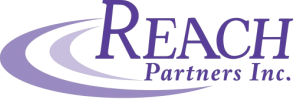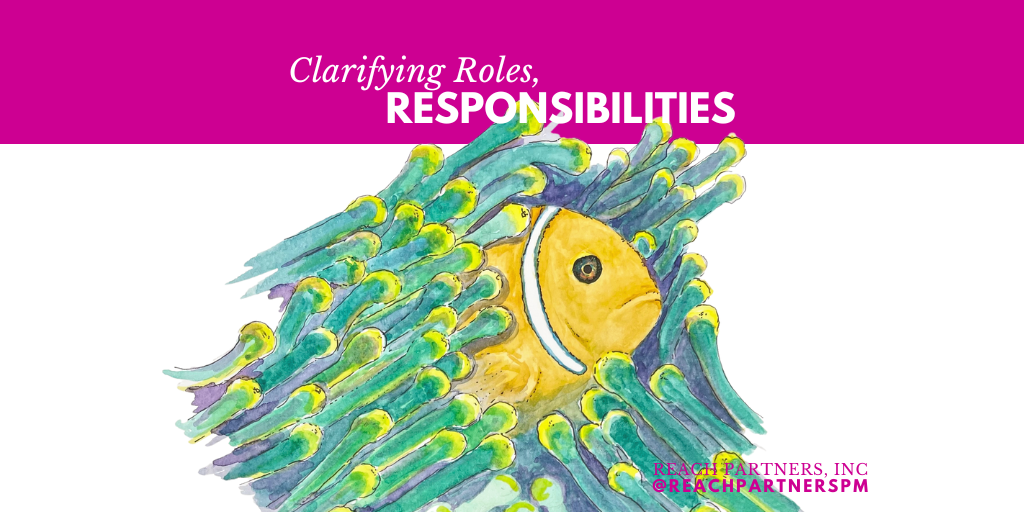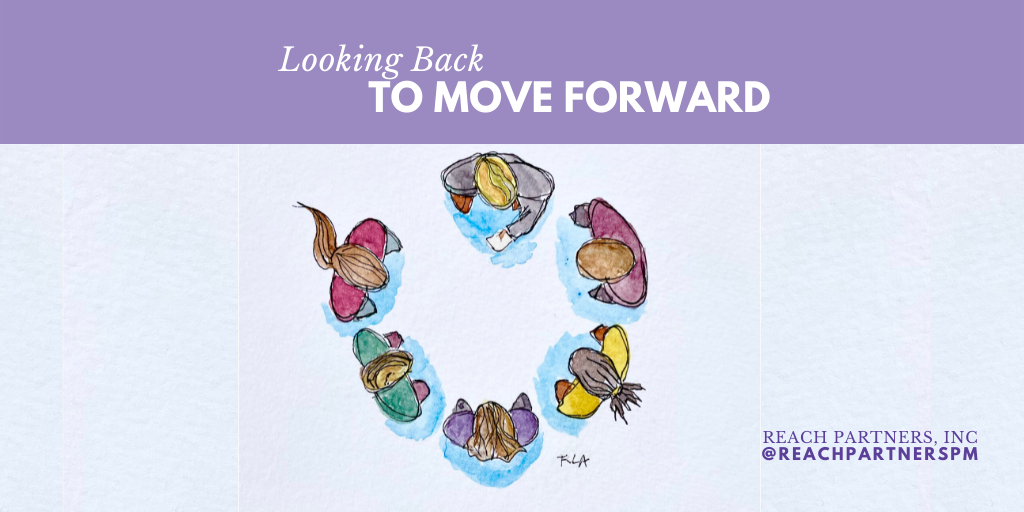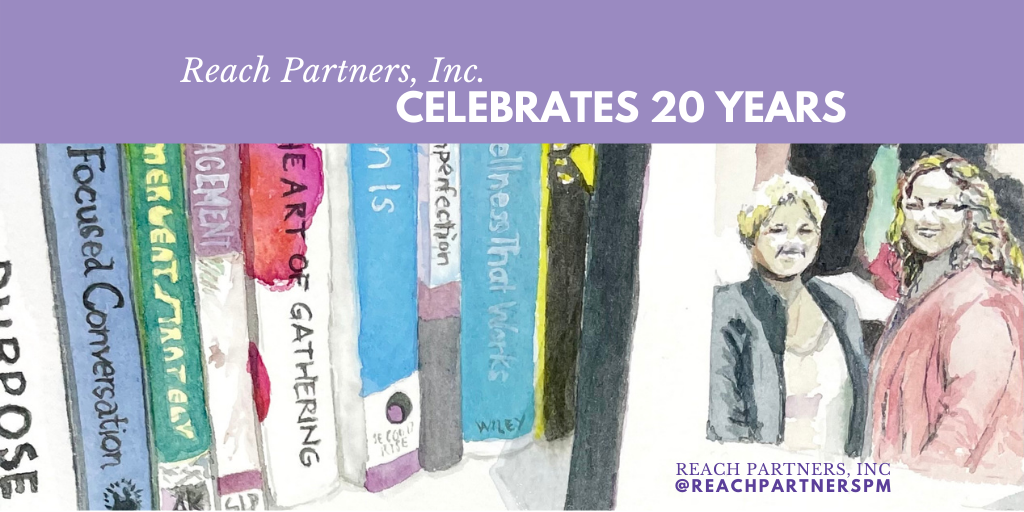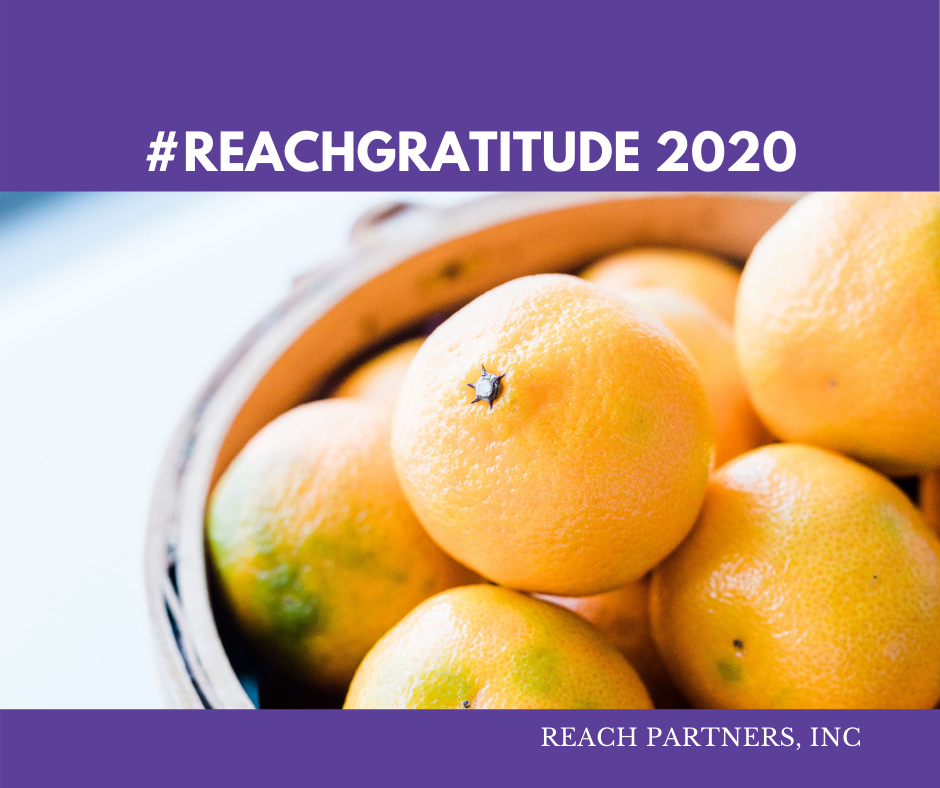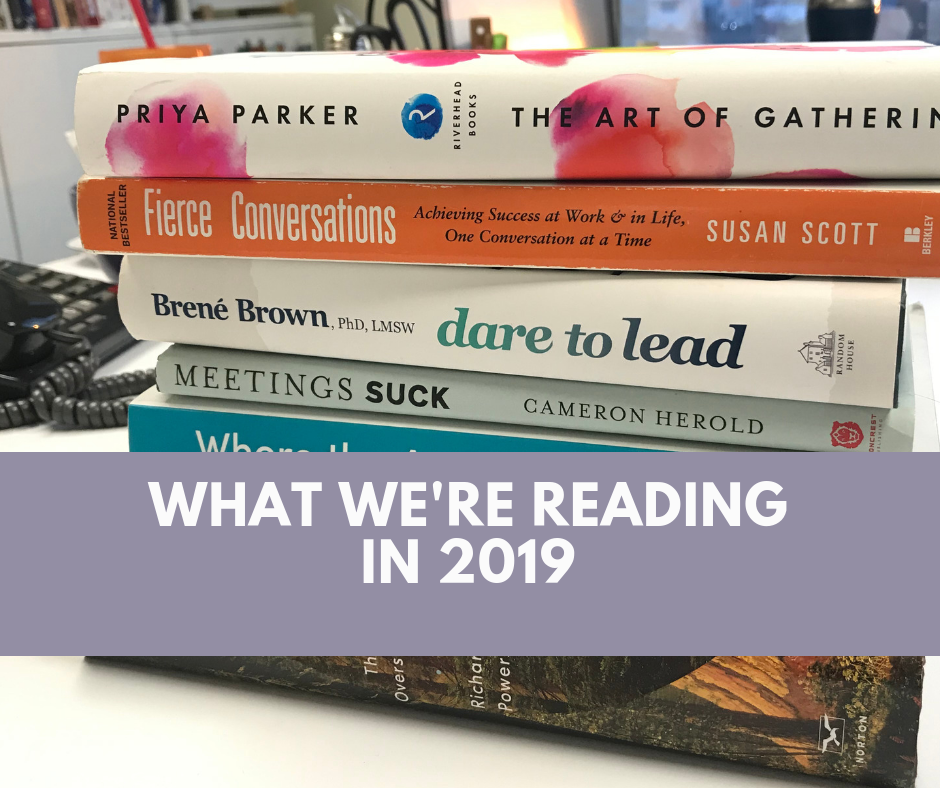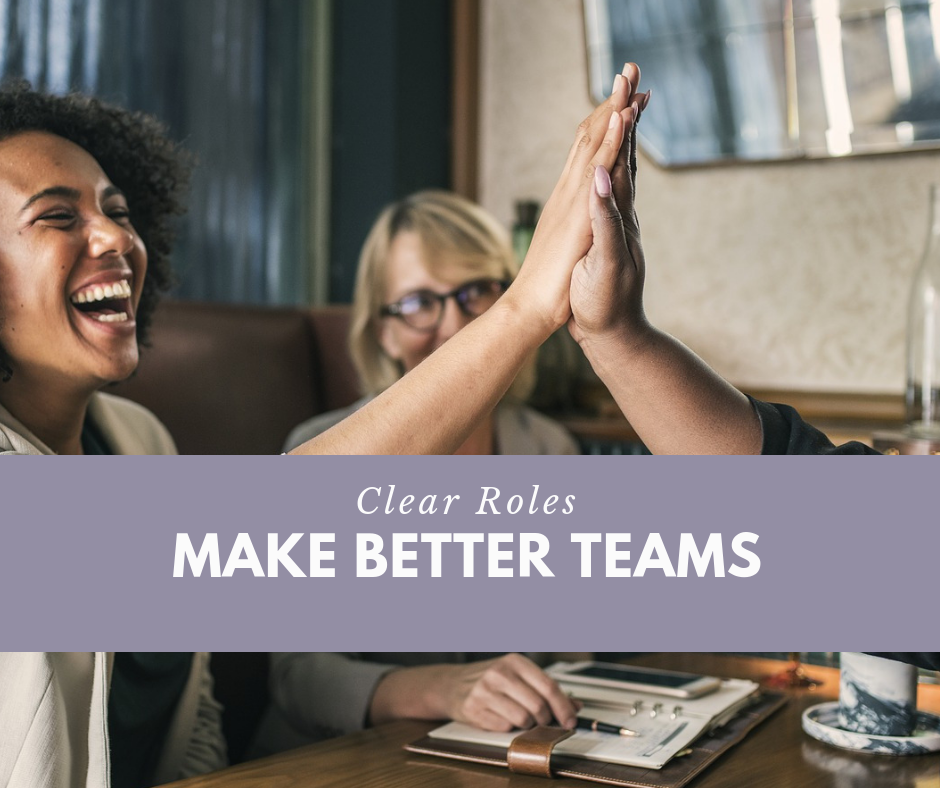|
My family and I recently enjoyed a vacation in North Carolina. We visited the beach, attended a professional hockey game, and cherished time spent together.
We also toured the Battleship North Carolina. This ship participated in every major naval offensive in the Pacific theater of operations during World War II. It’s now an authentically restored National Historic Landmark. As we walked through the exhibits and learned more about the important role this ship played, I had an ah-hah moment. At Reach Partners, we often use the analogy “we drive the boat” with our clients. It’s a way to describe the role we can play when an organization needs assistance. In North Carolina, I started to question what kind of boat we drive.
2 Comments
I was once invited to give feedback on an activity my child participated in. I’m confident the leaders had good intentions – after all, they asked parents to fill out a survey. But, I didn’t feel fulfilled after answering the questions. I didn’t understand why my input was needed. Was I helping to make the activity better for the next year? Was I understood?
You’ve likely found yourself in a similar situation. The experience prompted me to think deeper about why we need feedback and the best way to gather it. In late October, the Project Management Institute asked its Twitter followers to scare a project manager in five words or less.
The answers were creative and relatable, but one stuck out: Don’t define roles and responsibilities. Yikes! That would certainly scare me. Clarifying roles and responsibilities for people is necessary to achieve project success. I don’t want to work with a team or group that thinks this level of detail isn’t required. Taking the time to define this is critical, yet we repeatedly run into situations where people don’t recognize the importance of this step or don’t know how to do it. Like many of you, we’ve taken these last days of 2021 to plan for 2022. No, we don’t have a list of resolutions for the new year, but we do have some goals – and even a list of some dreams (fingers-double-crossed!).
As we look forward, we find it’s helpful to look back. We know from 20 years of experience and the uncertainty of the past two years that being nimble and reflective can lead us to a better future. So, in that spirit, here are three posts from the past year that we think will inspire, or at least give you something to think about, as we move into the new one. May you enjoy the holiday season! This year, Reach Partners celebrates 20 years.
Twenty years! That’s countless hours of coordinating events, gathering people in conversation, helping work get done, communicating key messages, training volunteers, facilitating meetings, pushing and encouraging, staying within budget, outlining the scope, staying up late, waking up early, making mistakes, asking forgiveness, and making right the mistakes we made. Twenty years! As we celebrate this milestone, we recognize that we are who we are largely because of the values that we uphold and practice. We are intentional about how we do our work and who we do it with. This has led us to the best partners a business could ask for and we are immensely grateful for that. So, in honor of our anniversary, we want to reflect on a few moments from the past two decades that speak to our values. Of course, there are so many more moments than we have space for, but here is a sampling: At some point, nearly every organization needs to hire an outside vendor or consultant.
Maybe you need help with accounting or a website redesign. Maybe you need someone to help you organize an upcoming event; or maybe you need someone to lead your team training. Whatever you need, be sure to seek a partner – and not just a vendor or a consultant. What’s the difference? It starts with intent. When the City of Fargo decided to replace an old tank with a new water tower in north Fargo, it hoped the tower would serve as more than mere infrastructure. It also wanted the structure to serve as a canvas for public art.
The goal was to support community-based design, something created with people rather than for them. During a competitive process, the city’s Arts and Culture Commission selected Reach Partners to facilitate the community outreach component of the project. Black Ink Creative Partners was selected to render the design.
Every Thanksgiving season, we take a moment to reflect on the past year. Typically, we're full of gratitude for our relationships, our work, and the world around us.
Let's be frank: the past year hasn't been easy, nor smooth. We are tired of Zoom meetings and doing most of our work remotely. We miss the days when a friendly hug was a safe way to end a conversation. Still, as we look back, we are in awe of the small (and big!) ways that gratitude has filled our days.
Last year we started a new tradition at Reach Partners. Every week we set aside time to read during work hours.
At first, this felt a bit indulgent. We enjoy reading but – like many others – we typically crack open our books outside traditional work hours so that we can “do” things at work. And yet, reading is one important way that we learn and grow professionally. We decided our work calendar should reflect that. With that in mind, we’d like to share a few of the titles that we’ve read recently – and a few that we’ll be tackling soon. Drop us a line if you have any additional suggestions. Happy reading! We believe we can do better together; it’s one of our values. But we also know that teams can struggle to get work done together.
Teamwork sounds good in theory. The more, the merrier, right? And yet, when it comes to accomplishing tasks, it often seems easier to do it alone. The problem is that teams often neglect to clarify and define roles, ensuring that their work is an uphill (or circular!) battle. Without clear roles and communication, a project slows. A lack of clarity creates redundancies and conflict; it encourages passive-aggressive behavior and wastes time. To set the stage for a successful project, you first need to be clear on roles. To do this, answer two basic questions: what and who. A team needs to understand what skills are needed and who brings them: Who needs to provide input or make recommendations? Who is authorized to make decisions? Who is responsible for carrying those decisions out? Understanding the answers to these questions will eliminate unnecessary frustration, friction, and unproductive competition between members of a team. If your role or somebody else’s role isn’t clear to you, it’s not clear to others. As global business consultant Tamara Erikson wrote in the Harvard Business Review: “Collaboration improves when the roles of individual team members are clearly defined and well understood.” Here’s how to do it: What Is a Role? A role is the part or position a team member plays in a particular operation or process. Some roles are formal; many are not. Formal roles include those whose name or title describes “what” they’re responsible for. For example, a project manager or a writer may fall into this category. Teams often have people who do not have formal titles but have skills, experience, or knowledge that contribute to the outcome of our projects. Naming these roles can become complex and yet, it’s necessary or people will fill default roles. Unless they’re told otherwise, people will assume a role because of interests, skills, personality type, motivations, or attitude. An extrovert may become the team’s catalyst to propel a team with energy and positivity, while someone with high analytical skill will provide insights and check possibilities against realities. These are the realities that make teams valuable. But be sure everyone understands “who” needs to do and know “what.” Tools for Defining Roles Our top tool for defining roles is a RACI chart. While organizational charts show hierarchies and decision-makers, a RACI chart shows roles so much better. It’s a valuable tool when working with clients, vendors, in coalitions, or when volunteering on a board. A RACI chart is a matrix that assigns roles and responsibilities in categories of tasks. This sets expectations for people working together. To make a RACI chart, begin by creating a row of team members across the top. List all needed tasks, milestones, or decisions on the left side. Now indicate who is responsible, accountable, consulted, and informed in the intersecting cells.
Many examples of this tool exist online. One of my favorites is this Lord of the Rings example (the article on RACI charts is great, too). If you are striving to empower others to get their work done, it may be a very helpful tool to use at the beginning of a project at work or as a volunteer. We find the best use is to create a RACI chart with the team. This allows the group to grow a deeper understanding of the project tasks. The more clearly understand who needs to complete a task, whose expertise is needed, and who has the final say on decisions. Like any tool, use it, manipulate, or modify in the way that works for your team. – Rachel |
Reach PartnersYour partners in leadership. Categories
All
Archives
July 2024
|
|
|
Reach Partners, Inc
3330 Fiechtner Dr. Suite 100 Fargo, ND 58103-2321 701-271-8170 Copyright (C) 2024 Reach Partners Inc.
|
